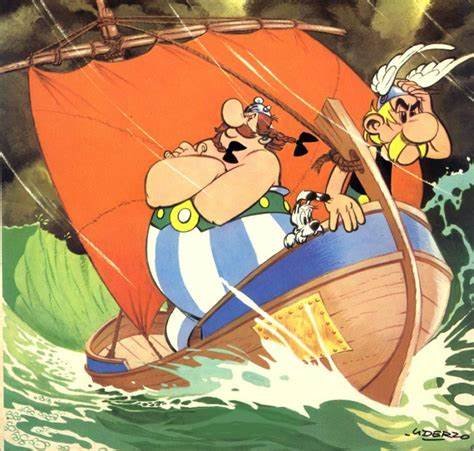Throughout history, famous political cartoonists through the ages have used their unique talents to comment on social issues and political events. These artists have used humour, satire, and powerful visuals to communicate important messages, challenging authority and giving a voice to the public. In this post, we will look at some of the most influential political cartoonists from past and present, exploring their contributions to art and politics.
Early Political Cartoons: The Birth of a Powerful Artform
The role of political cartoons dates back to the 18th century. Famous political cartoonists through the ages have often been the first to criticize rulers and political leaders in a way that traditional media could not. One of the earliest and most influential figures was James Gillray, an English artist whose sharp satirical cartoons targeted the political figures of his time. His work, which often poked fun at Napoleon Bonaparte and King George III, showed the potential of cartoons to convey strong political messages.
Gillray’s style and approach set the stage for future famous political cartoonists through the ages, using caricature and exaggeration to highlight flaws in politicians and government actions. His ability to use humour to criticize serious issues was revolutionary and laid the foundation for political cartoons to become a powerful tool for public commentary.

Thomas Nast: Father of American Political Cartoons
When discussing famous political cartoonists through the ages, it is impossible not to mention Thomas Nast. Known as the “Father of American Political Cartoons,” Nast played a major role in shaping political discourse in the United States. His cartoons during the late 1800s exposed the corruption of Tammany Hall, a powerful political organization in New York City.
Nast’s cartoons were so influential that they helped bring down political figures like Boss Tweed, the corrupt leader of Tammany Hall. By using strong visual symbols, such as the elephant for the Republican Party and the donkey for the Democrats, Nast created enduring symbols that are still used in American politics today. His work remains an example of how famous political cartoonists through the ages have used humor and art to influence public opinion and bring about political change.
The Golden Age of Political Cartoons: The Early 20th Century
The early 20th century saw the rise of many famous political cartoonists through the ages, particularly in the United States. One of the most notable figures during this time was Herbert Block, better known as Herblock. His career spanned over 70 years, and he became famous for his bold and critical political cartoons, especially those targeting political figures like Senator Joseph McCarthy and President Richard Nixon.
Herblock’s work stood out because of its directness and the sharpness of its critique. His cartoons played a key role in shaping public opinion during important moments in American history, such as the Red Scare and Watergate scandal. Through his art, he pushed for justice, accountability, and fairness, demonstrating how famous political cartoonists through the ages could influence political movements.
Political Cartoons in the Modern Era
In the modern era, famous political cartoonists through the ages have continued to adapt and innovate, using new mediums like digital art to reach wider audiences. One such artist is Steve Bell, a British cartoonist who has made a name for himself with his bold and often controversial illustrations. Bell’s cartoons, which are regularly featured in The Guardian, are known for their irreverent humor and criticism of political leaders around the world.
Steve Bell’s work showcases how modern political cartoonists continue to challenge political systems, using satire to question power. His ability to capture the essence of global politics, from the Iraq War to Brexit, has made him one of the most influential cartoonists of the 21st century. Like the famous political cartoonists through the ages, Bell uses art to make powerful statements about the world around him.
The Legacy of Political Cartoons: Continuing to Make an Impact
The impact of famous political cartoonists through the ages is still felt today. While political cartoons have evolved in form, their power to challenge authority and make social commentary remains unchanged. Cartoonists continue to use their sharp wit and keen observation to point out the flaws in leaders, policies, and social issues.
Even with the rise of social media and digital platforms, political cartoons are still relevant. They allow individuals to quickly understand complex issues, and they offer a unique blend of humor and criticism that is not easily found in other forms of media. Through their artwork, famous political cartoonists through the ages have had a lasting impact on society, demonstrating how art can be used to challenge power, promote justice, and shape public opinion.
Conclusion
In conclusion, famous political cartoonists through the ages have had a significant impact on the world. From the early satirists like James Gillray to modern artists like Steve Bell, these cartoonists have used humor, irony, and exaggeration to make powerful statements about politics and society. Their work continues to inspire and influence political discourse, proving that cartoons are not just for entertainment but also for reflection and change. As long as political cartoons exist, famous political cartoonists through the ages will remain an essential part of our understanding of history and politics.











